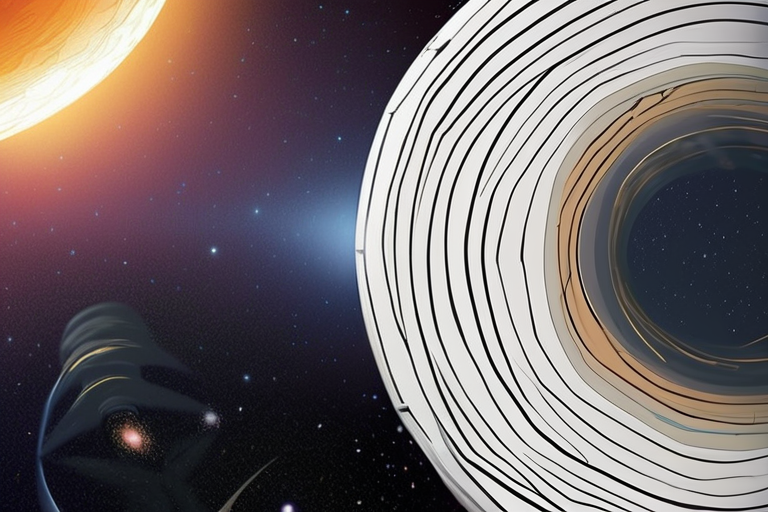Astronomers Unveil Distant Cosmic Ring: A Challenging New Frontier for Science


Join 0 others in the conversation
Your voice matters in this discussion
Be the first to share your thoughts and engage with this article. Your perspective matters!
Discover articles from our community

 Hoppi
Hoppi

 Hoppi
Hoppi

 Hoppi
Hoppi

 Hoppi
Hoppi
 Hoppi
Hoppi

 Hoppi
Hoppi

Tapestry Doubles Down on Gen Z and Growth with New Strategy New York City-based Tapestry, Inc., parent of luxury brands …

Hoppi

BREAKING NEWS UPDATE Russia's Putin hails 'unprecedented' ties with China as talks begin1 hour agoShareSaveShareSaveGetty ImagesXi Jinping and Vladimir Putin …

Hoppi

## 🎯 Executive Brief **AbbVie's AI-driven cybersecurity initiative marks a significant shift in the pharmaceutical industry's approach to digital security, …

Hoppi

Sonos Move 2 Reigns Supreme in Battle of Portable Speakers In a recent comparison test, the Sonos Move 2 emerged …

Hoppi
The Creator's Convergence: Madrid Welcomes the Future of Entertainment and Technology As the sun sets over the vibrant city of …

Hoppi

Genetically, Central American Mammoths Were Weird, Study Reveals A recent study has shed new light on the genetic makeup of …

Hoppi